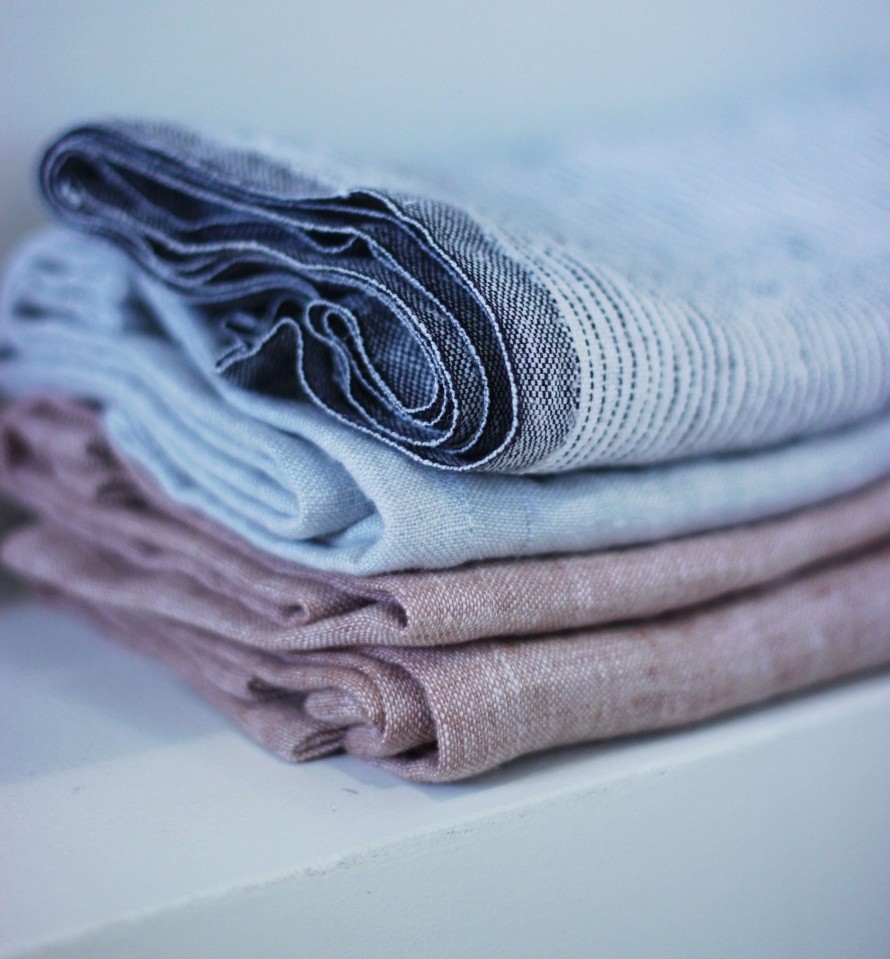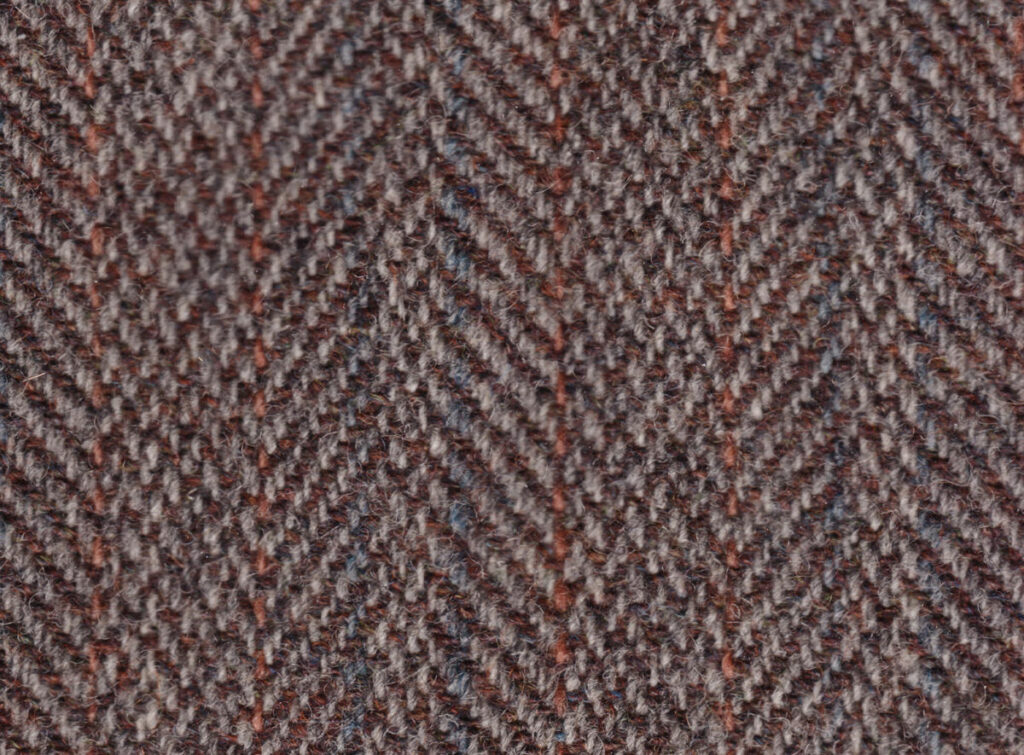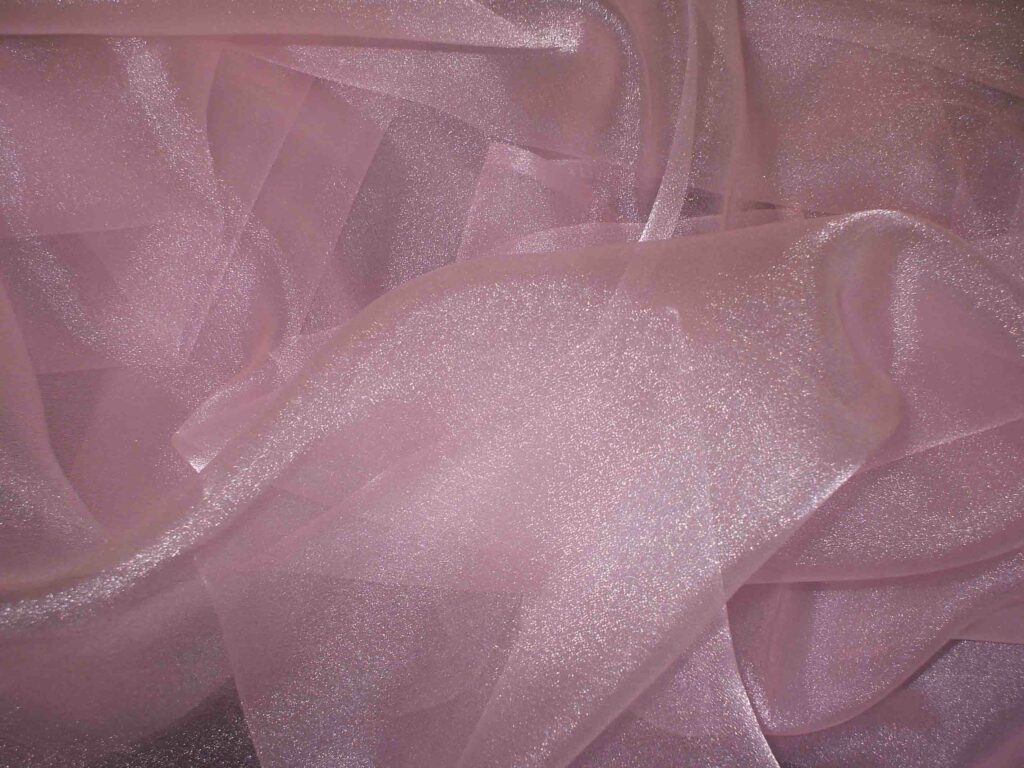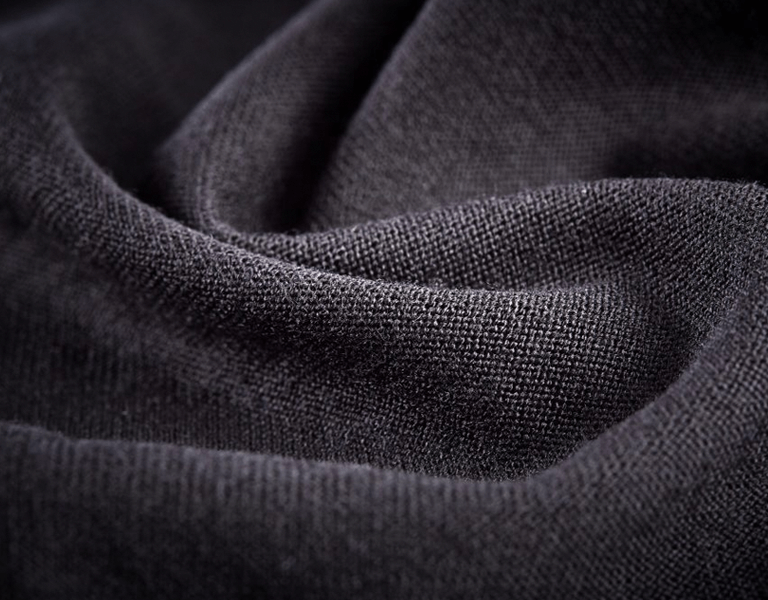Ironing.
No sane person likes to devote time to ironing, or to finding out information about different types of irons and ironing methods.
But I am not a sane person.
I love ironing. I think I love it more than my wife and kids (that’s called hyperbole guys, calm down). But in all seriousness, I iron hard.
One thing that really trips up the people who are just beginning to dip their toes in this extreme field is just a simple question – Can I iron *fabric name*?

So to help you all, I decided to answer this question. For all fabrics.
Fabrics that you can definitely iron
Canvas
Canvas is a fabric that’s usually used to make summer shoes and clothing material. It can be ironed pretty easily.
Cotton
Cotton is perhaps the most used fabric in the world. One of the main things that helped its mainstream adoption is that it can be ironed very easily. No special method required.
Chenille
Chenille is a woven fabric that can be made using the fibers of cotton, wool, silk, and rayon. It can be easily ironed.
Modal
Modal is among those very few synthetic fabrics that are easily ironable. Just don’t use high heat on it, and you will be looking at a perfectly ironed garment.
Tweed
Tweed is a rough, rustic and masculine fabric that is usually made from wool. It is safe to iron, and your garment would not undergo any unwanted side effects.

Fabrics that you definitely shouldn’t iron
Velvet
Velvet is the soft and luxurious fabric that is often used on on pillow covers and blankets. Velvet should never be ironed as it usually does irreparable damage to the fabric. Steam it instead.
Suede
Never iron suede! Suede is a very textured fabric; its nap (tiny hairs) can easily be destroyed and flattened by heat from an iron, which will make the suede item lose all its texture.
Spandex
Spandex shouldn’t be ironed as it is very prone to melting when exposed to the high heat of an iron.
I made this mistake once. I still cringe when I think about that. So trust me when I say this – ironing is the worst thing you can do to spandex. Same goes for things like Lycra.
Muslin
Muslin is a very delicate and exotic fabric that is primarily used to make blankets and handkerchiefs. Muslin should never be ironed as it cannot take a lot of heat. If it is ironed at a high heat, a lot of white shiny spots will form on the fabric.
Leather
Don’t believe what all those other websites are saying. I have manufactured, styled (and ruined) so many leather jackets that I am sure of one thing.
Leather cannot be ironed. It was never made to be ironed. Try to use actual dedicated leather products to get the wrinkles out of your leather garment.
Organza
Organza is a fabric that is mostly used for decorative purposes. It is made from silk.
Organza should never be ironed. It is highly-flammable, and would require extreme precision from the person who is ironing it. Most of the times, you are better off not ironing this fabric.

It’s Complicated
Viscose
Viscose should not be ironed directly. Application of direct heat to a viscose garment usually destroys or alters it in an irreparable way.
But the good news is that viscose can be ironed. You just have to be smart about it.
Iron while the garment is still damp (not wet). If your iron has a ‘viscose’ setting, set it to that. Otherwise set it to ‘rayon’ or ‘silk’. Cover the fabric with a cotton garment so that direct heat is not applied to it. Start ironing.
Jersey
The best thing about jersey fabrics is that they need little to no ironing. But if you do need to iron them, the process is relatively simple.
Turn the jersey garment inside out. Now when it is on the wrong side, set your iron to medium heat. The final step – Start ironing.
Cashmere and Merino Wool
Cashmere and merino wool, like most other wools, need very little ironing. They are generally pretty wrinkle-resistant. But if you need to iron them, here’s how you can go about doing that.
Turn your cashmere or merino wool garment inside out. Lay it down flat. Cover the garment with a cotton cloth. With the lowest heat setting on your iron, start making smooth strokes. Iron until all wrinkles are gone.

Lace
Lace, which is synonymous with high-end parties, can be ironed most of the times.
So how do you answer a lace garment?
Make sure that the lace is damp before you start ironing it. Turn the plain side of lace (the part without the design) upwards. Put a cotton garment over it to avoid direct application of heat. Use the ‘low’ or the ‘medium’ heat setting on your iron. Iron until wrinkles are gone.
Linen
Linen is widely regarded as the best fabric for the summer heat. But there is one thing that intimidates people from wearing it.
But you don’t need to worry a lot.
Linen can be ironed, but it would require some effort. Make sure that the linen garment is damp. Turn the knob on your steam iron to ‘high heat’. Use a cotton cloth as a buffer between the iron and the fabric. Keep moving the iron to avoid scorching.
Polyester
Polyester is a synthetic fabric. It is quite flammable, so proper care needs to be done to ensure that the garment is not burned or damaged.
Polyester can definitely be ironed though. Try to use a pressing cloth to avoid excessive heat on the garment. Turn the knob on your steam iron to ‘low’ heat. Make sure that the polyester garment is damp. Keep moving the iron around.
Silk and Satin
Two fabrics that are very well-known for the excellent manner in which they drape the body – silk and satin.
Silk can be ironed. Satin can also be ironed. But to ensure that your garment is not damaged, you need to take a few precautions.
Turn the garment inside out. Turn the heat dial on your steam iron to ‘low’. Make sure that the fabric is completely dry, as both these fabrics are known to retain water marks. Use a pressing cloth and iron until all wrinkles are gone.

My name is Alex Higson and I am the founder of Magic Of Clothes. I have worked in the fashion industry for many years, and clothes and style are a huge part of my life.
